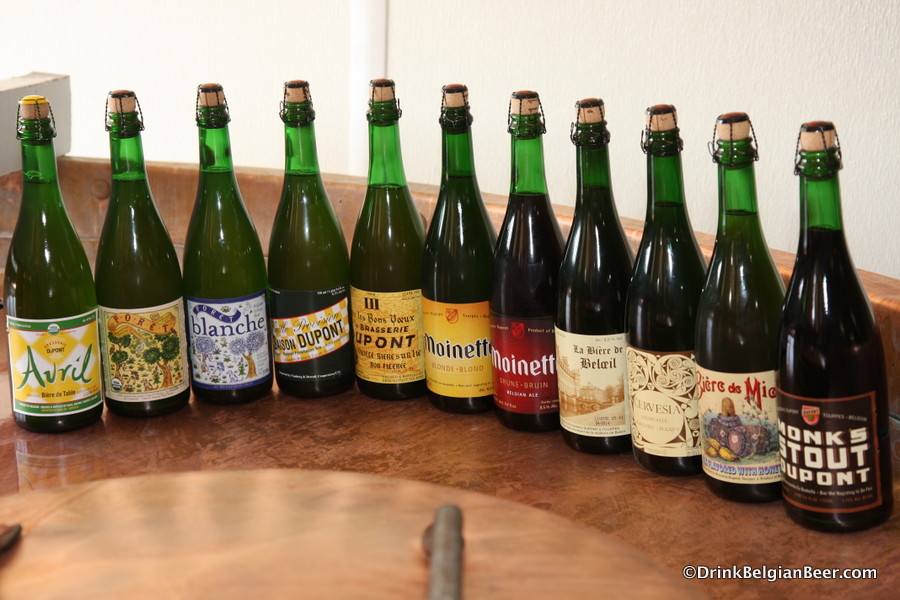The history of Saison brews and Hainaut province
Hainaut, the most western province in French-speaking Wallonia, Belgium’s southern half, has long been recognized as Belgium’s saison beer heartland. The area, about an hour’s drive southwest of Brussels, boasts an impressive 25 or so breweries. About a third of these produce a saison or two.
Hainaut is a region where farming and related economic activities have been important for centuries. Much of Belgium’s barley was grown in the province, and excess grains were used to make beer. Brewing went hand in hand with farming, and was primarily done in the colder months of the year.
In the heat of summer, the “saisoniers,” or seasonal farm workers, needed something sustaining to drink while toiling in the fields. Relatively light, though refreshing, brews of 2 to 4 percent alcohol by volume (abv) were the perfect libation. These beers were very dry, so there were few residual sugars left in them that could turn sour. Also, the alcohol content helped preserve these early brews in the days before refrigeration.
These beers are said to have been fairly highly hopped, to preserve them through summer. Saisons were brewed either the previous winter, or in early spring, for summer consumption.
Saison merely means “season” in French, and nowadays that style of beer is typically considered to be a blond to amber brew of 5 to 8 percent alcohol, which can vary from mildly to highly hopped, by Belgian standards. (The modern double IPA was not even the figment of anyone’s imagination in the 19th century. As far as we know, at least!)
It was only with the advent of modern brewing techniques, as well as refrigeration and quick transportation, that beer became so readily available, and still drinkable, far from where it was brewed. Hence, in the old days, many farms, abbeys and inns had their own breweries on site.
The history of Brasserie Dupont
The Rimaux-De Ridder farm in the village of Tourpes, located about 25km/15 miles east of the old Roman city of Tournai, was one of these. The farm buildings, still in use by Brasserie Dupont, date to 1759. The lands were once part of those owned by the Benedictine Abbaye of Gembloux. It was known as Moinette in the area; moine means monk in French. So “Monk’s Little Farm” might be a rough approximation of Moinette.

Photo: the main brewery building. It houses the brewhouse, fermentation cellar, and tasting room.
The brewery was opened in 1844 by brother and sister Aldophe and Julia De Ridder. They must have been successful, as a tax on breweries was levied in 1850 in Tourpes. Note that there were no other breweries in the village at the time. A targeted tax, perhaps? In 1867, a steam engine was added.
View Larger Map
Map: Tourpes, Hainaut Province, Wallonia
The name Rimaux came to be associated with the brewery, as Julia De Ridder married François Rimaux. After Aldolphe and Julia De Ridder died in 1884-85, François Rimaux took over the brewery and farm. He prospered for a number of years, until World War I, when the German army took away the brewery’s copper kettles.
Rimaux sold his beer, unfiltered, in wooden casks, to the cafes he owned, and to farmers in the region. Some cafes sold the beer as what we would consider cask-conditioned today: namely, they would put the casks in their cellar and draw the beer directly into pitchers, and take these to the bar to be served. Others could bottle the beer themselves: Rimaux sold the bottles needed, and if sugar and rice were added, wala: a second-fermentation could be sparked, and the beer in bottles would last a bit longer than that in the casks, which needed to be drunk fresh. As to the styles produced, the Rimaux-De Ridder brewery was known to produce a saison and a honey beer (Bière de Miel.)


Leave a Reply